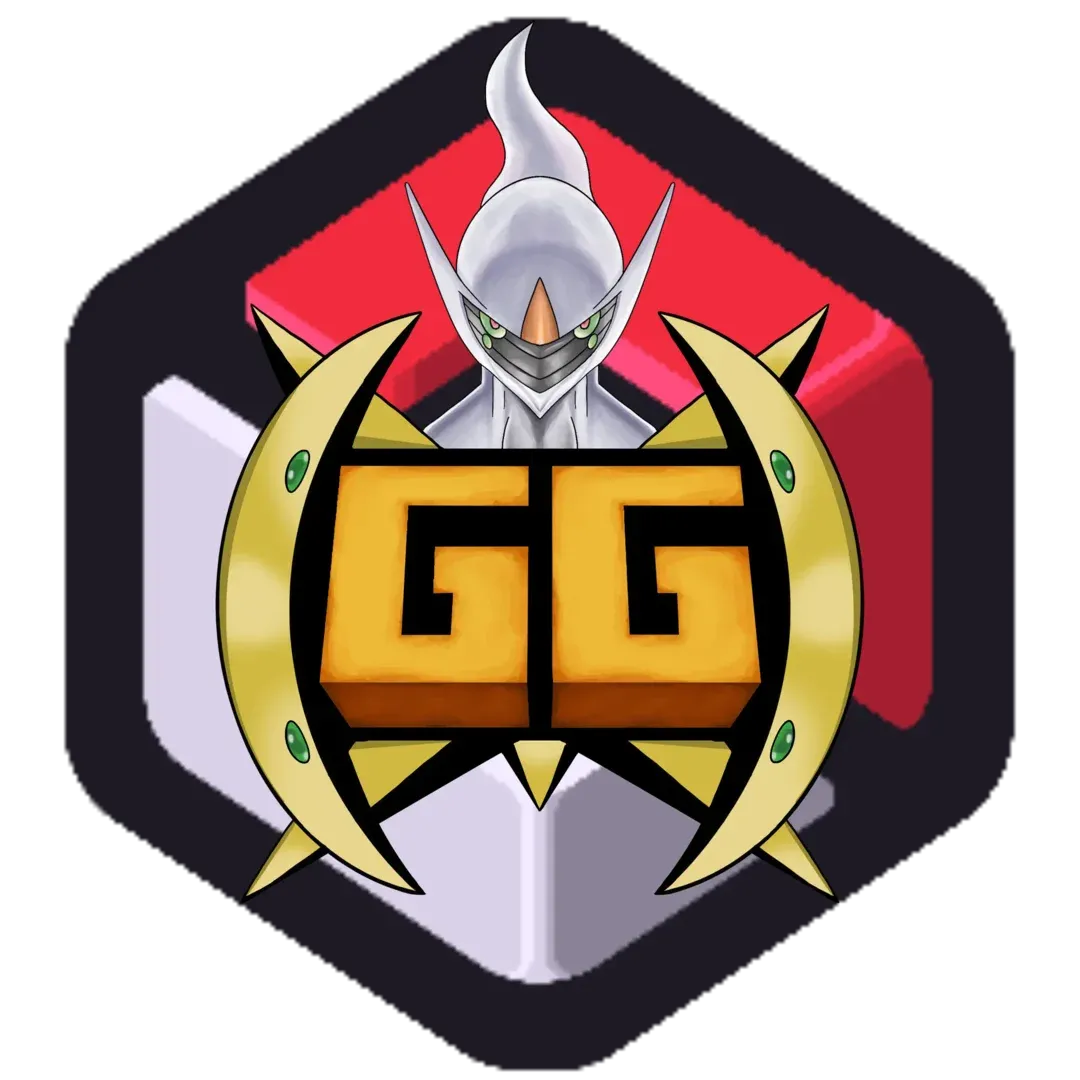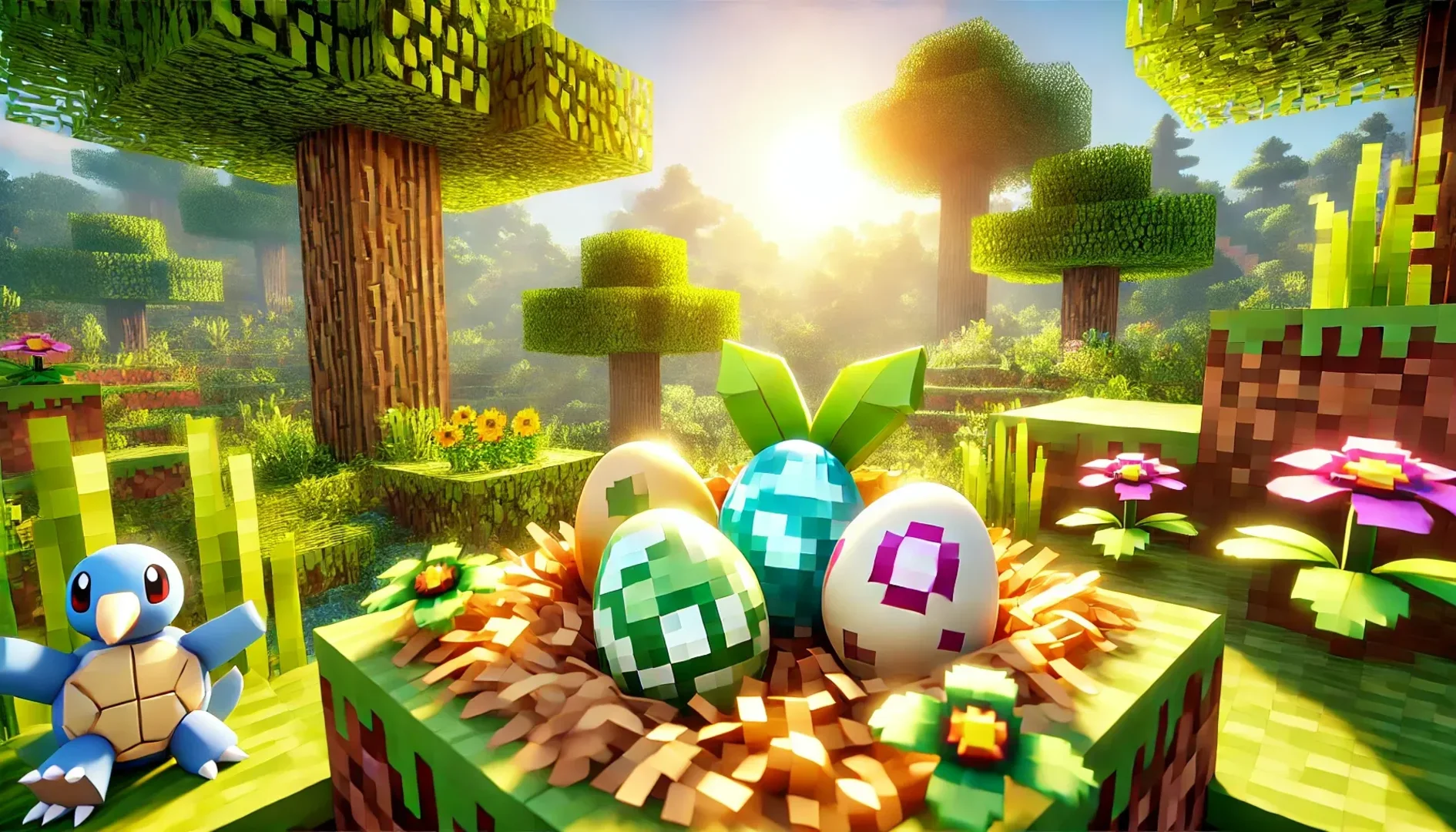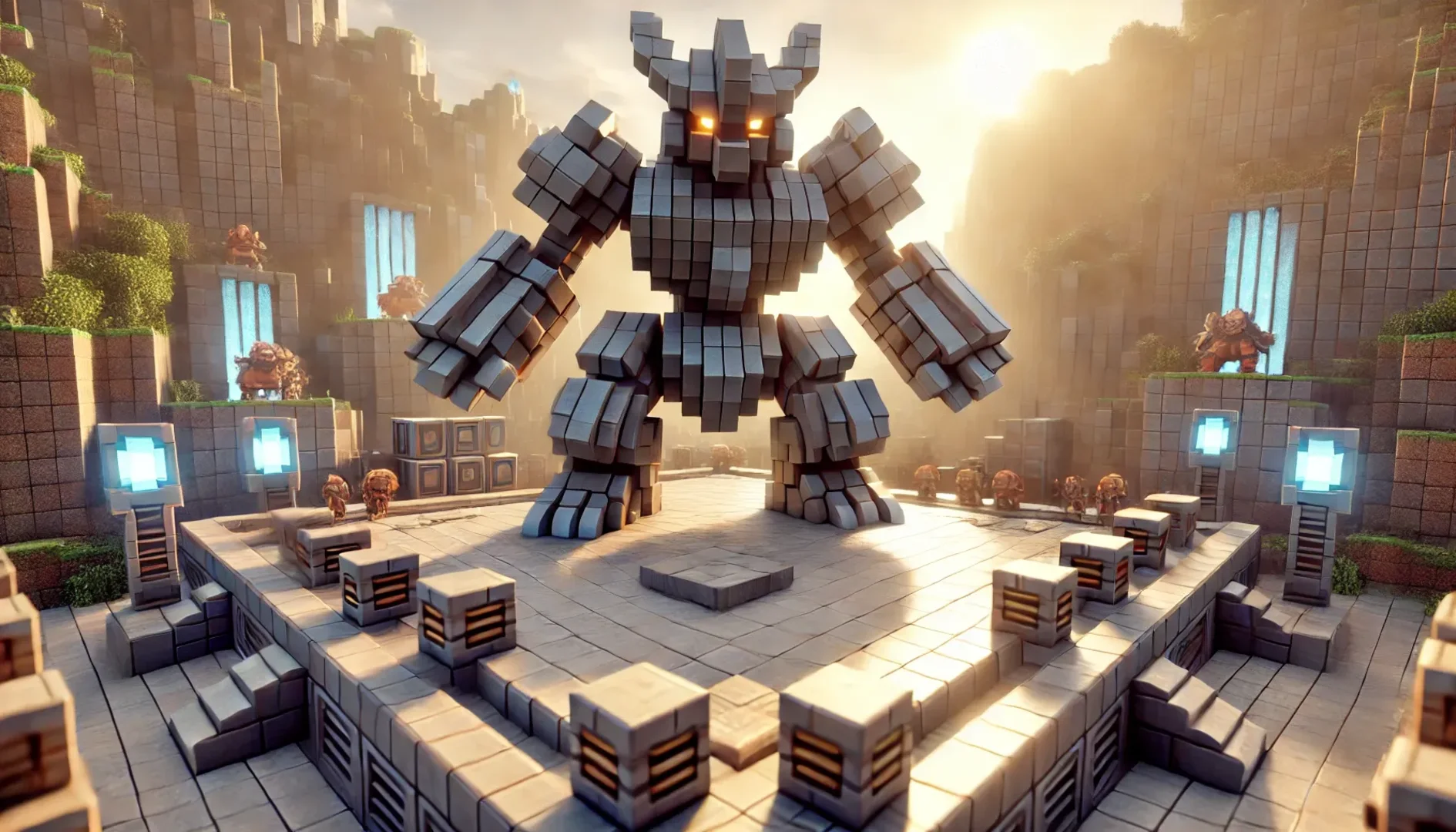Building a balanced team is essential for success in Cobblemon, especially when dealing with diverse types of opponents in raids, PvP, or wild encounters. Dual-type Cobblemon offer unique advantages by covering multiple type weaknesses and boosting team versatility. This guide will show you how to create a well-rounded team using dual-type Cobblemon to maximize effectiveness in battles while minimizing weaknesses.
Why Choose Dual-Type Cobblemon?
Dual-type Cobblemon possess two types, allowing them to have both offensive and defensive advantages. They can learn a wider variety of moves and provide more coverage, making it easier to counter various opponents.
Key Benefits of Dual-Type Cobblemon:
- Increased Move Variety: Dual-type Cobblemon can use a wider range of STAB (Same Type Attack Bonus) moves, hitting different enemy types for extra damage.
- Defensive Flexibility: Having two types can reduce the damage received from certain moves or even nullify them (e.g., Water/Electric Cobblemon resisting Water-type attacks while countering with Electric-type moves).
- Synergy with Other Cobblemon: Dual-type Cobblemon can help cover the weaknesses of single-type teammates, improving team synergy and reducing overall vulnerabilities.
Step 1: Understanding Type Matchups
A well-balanced team takes into account type strengths and weaknesses. When using dual-type Cobblemon, it’s important to know how the two types interact with other types. For example:
- Water/Ground Cobblemon like Swampert are immune to Electric-type attacks but are weak to Grass-type moves.
- Dragon/Flying Cobblemon like Dragonite are weak to Ice-type attacks but can resist Fighting- and Bug-type moves.
Here’s a general breakdown of common dual-type combinations:
- Fire/Flying: Strong against Grass, Bug, Ice, and Steel types, but weak to Rock and Electric.
- Water/Electric: Counters Water and Flying-types while being weak to Ground-type moves.
- Fighting/Steel: Excellent coverage against Ice, Rock, Fairy, and Normal types, but weak to Fire and Ground.
By knowing how each type interacts, you can plan for specific opponents or in-game challenges, ensuring that you’re always prepared.
Step 2: Choosing Complementary Cobblemon
The key to building a balanced team lies in choosing Cobblemon that complement each other’s strengths and weaknesses. You want your Cobblemon to cover each other’s weaknesses so that no single type can exploit your team.
Example Dual-Type Pairings:
- Tyranitar (Rock/Dark) and Garchomp (Dragon/Ground):
- Tyranitar is weak to Fighting, Ground, Bug, Steel, Water, Grass, and Fairy, while Garchomp is weak to Ice, Dragon, and Fairy.
- Together, they cover many of each other’s weaknesses, and Garchomp’s Ground-type moves can counter some of Tyranitar’s biggest threats, like Steel-types.
- Gyarados (Water/Flying) and Electivire (Electric/Fighting):
- Gyarados is weak to Electric, but Electivire resists Electric and can hit back with powerful Electric-type moves.
- Gyarados can counter Ground-types that threaten Electivire and provide coverage against Water-types.
Cobblemon Role Distribution:
When building a balanced team, make sure to distribute your roles. Ideally, your team should include the following:
- Physical Attacker: Cobblemon that excel in using physical moves, like Garchomp or Machamp.
- Special Attacker: Cobblemon that specialize in special moves, such as Alakazam or Gengar.
- Tank/Wall: Cobblemon with high Defense and HP to absorb damage, like Blissey or Steelix.
- Support: Cobblemon that can heal or provide buffs, such as Clefable or Umbreon.
Step 3: Balance Offensive and Defensive Types
Dual-type Cobblemon provide both offensive and defensive benefits, but you need to balance both to create a strong team. Having too many offensive Cobblemon leaves your team vulnerable to counterattacks, while too many defensive Cobblemon could slow down battles.
Offensive Type Coverage:
Make sure your team can hit a wide range of opposing types. Dual-type Cobblemon like Infernape (Fire/Fighting) offer great offensive options with moves that cover many different types.
- Fighting-Type Moves: Cover Steel, Ice, Rock, and Normal types.
- Fire-Type Moves: Counter Grass, Bug, Ice, and Steel types.
Defensive Considerations:
Don’t forget to plan for your own team’s defenses. Using dual-type Cobblemon like Ferrothorn (Grass/Steel) can give you strong resistances, as it’s resistant to Water, Grass, Electric, and Fairy-type moves, while being only weak to Fire and Fighting types.
Step 4: Support Cobblemon for Balance
A balanced team should include at least one support Cobblemon. These Cobblemon provide healing, status effects, or stat boosts to keep the rest of your team going. Dual-type support Cobblemon like Togekiss (Fairy/Flying) or Amoonguss (Grass/Poison) are fantastic options.
Key Support Moves:
- Thunder Wave: Paralyzes the opponent, giving you a speed advantage.
- Reflect/Light Screen: Reduces physical and special damage taken by your team.
- Wish: Restores HP to your Cobblemon or another ally after a short delay.
- Aromatherapy/Heal Bell: Removes status effects like paralysis or burn from your team.
Step 5: Item Synergy for Dual-Type Teams
Held items can enhance the abilities of your dual-type Cobblemon by boosting their strengths or covering their weaknesses. Here are some common items to consider for your dual-type Cobblemon:
- Leftovers: Restores HP at the end of every turn, great for defensive or tanky Cobblemon.
- Life Orb: Increases the power of all moves but at the cost of a small amount of HP each turn, perfect for offensive sweepers.
- Choice Band/Choice Scarf: Boosts a specific stat (Attack or Speed) but locks the Cobblemon into one move, ideal for high-damage moves that need to hit fast.
- Focus Sash: Prevents a Cobblemon from being knocked out in one hit, useful for frail but powerful attackers like Gengar or Weavile.
Sample Balanced Dual-Type Cobblemon Team
Here’s an example of a balanced team using dual-type Cobblemon:
- Infernape (Fire/Fighting) – Offensive sweeper with high Attack and Speed.
- Moves: Close Combat, Flare Blitz, U-turn, Thunder Punch
- Item: Life Orb
- Togekiss (Fairy/Flying) – Support and status inducer with excellent Special Defense.
- Moves: Thunder Wave, Air Slash, Roost, Dazzling Gleam
- Item: Leftovers
- Swampert (Water/Ground) – Tanky Cobblemon with great type coverage.
- Moves: Earthquake, Waterfall, Ice Punch, Stealth Rock
- Item: Leftovers
- Garchomp (Dragon/Ground) – Physical powerhouse with excellent offensive coverage.
- Moves: Earthquake, Dragon Claw, Stone Edge, Swords Dance
- Item: Choice Scarf
- Ferrothorn (Grass/Steel) – Defensive wall and support Cobblemon.
- Moves: Leech Seed, Gyro Ball, Stealth Rock, Power Whip
- Item: Rocky Helmet
- Weavile (Dark/Ice) – Fast physical attacker with access to priority moves.
- Moves: Ice Shard, Knock Off, Icicle Crash, Swords Dance
- Item: Focus Sash
This team balances offense and defense, with strong support moves and wide type coverage to deal with a variety of opponents.
Conclusion
Creating a balanced team with dual-type Cobblemon is all about synergy and versatility. By covering your Cobblemon’s weaknesses, ensuring diverse move coverage, and including support roles, you can build a team that’s ready to take on any challenge, from tough PvP battles to high-level raid encounters. Experiment with different combinations of dual-type Cobblemon to find the strategy that works best for you.
Do you have a favorite dual-type Cobblemon pairing? Share your team-building tips in our Discord!



